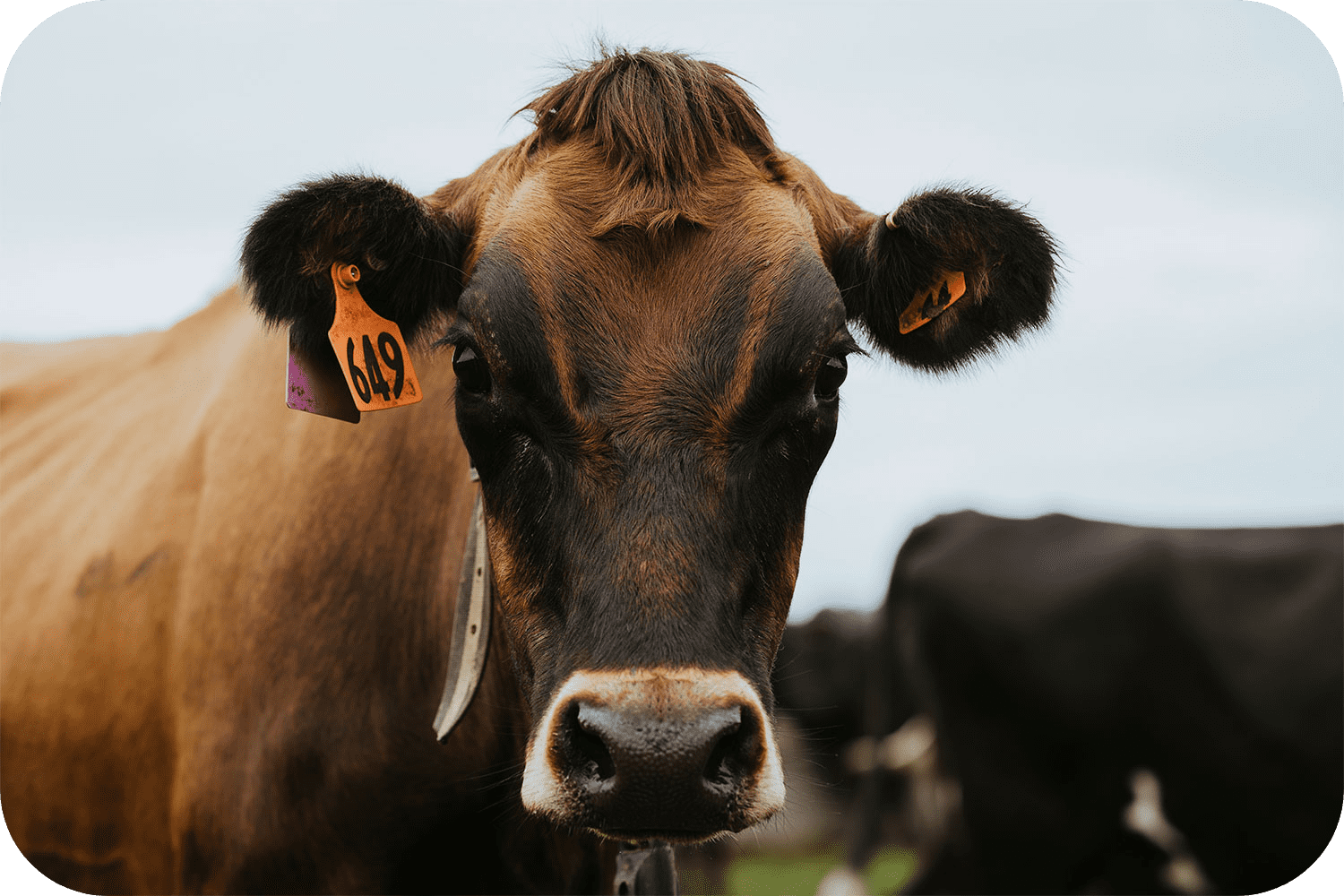
Getting a down cow back on her feet
Getting a down cow back on her feet and returned to the herd as quickly as possible is rewarding for you and the best outcome for the cow.
Down cows should be a priority no matter what else is happening on-farm. Cows that are down may be sore, uncomfortable, and stressed. It’s our responsibility to make quick decisions to ensure they receive the correct care and are as comfortable as possible.
By correctly diagnosing, quickly treating, and nursing down cows at a high standard, you can maximise their chance of recovery and reduce stress for everyone during a busy calving season.
Preventing down cows
Many of the factors that lead to cows becoming down or immobile are, fortunately, preventable with the right management practices and proactive measures. To effectively minimize the chances of cows going down, it is crucial to implement a multi-faceted approach that includes appropriate bull selection, which ensures that you choose genetic traits that promote health and vitality.
Additionally, careful mineral supplementation plays a significant role in maintaining the overall nutritional balance of the herd, addressing deficiencies that could contribute to mobility issues.
Equally important is the management of springers – cows that are close to calving. Proper care during this critical period can help prevent stress and complications, thereby reducing the likelihood of cows becoming down.
Another vital aspect is accurate body condition scoring, which allows farmers to assess and monitor the physical condition of the cows. It is essential to ensure that cows are not overly fat, which can lead to calving difficulties, nor too thin, which can affect their overall health and the health of their calves.
By focusing on these key areas, farmers can create a more stable and healthier environment for their cows, significantly decreasing the risk of down cows and enhancing the productivity and wellness of their herd.

The root Cause of down cows
The root cause of down cows can be attributed to various factors that impact their health and mobility. These causes may include nutritional deficiencies that lead to weakened bones or muscle strength, environmental conditions such as extreme weather or poor housing that create stress or discomfort, and infectious diseases that can seriously affect a cow’s overall well-being.
Additionally, management practices on farms, such as inadequate veterinary care or improper handling techniques, can also contribute to the incidence of downed cows.
Understanding these multifaceted root causes is crucial for farmers and veterinarians in order to implement effective strategies for prevention and treatment, ultimately enhancing the welfare of these animals.